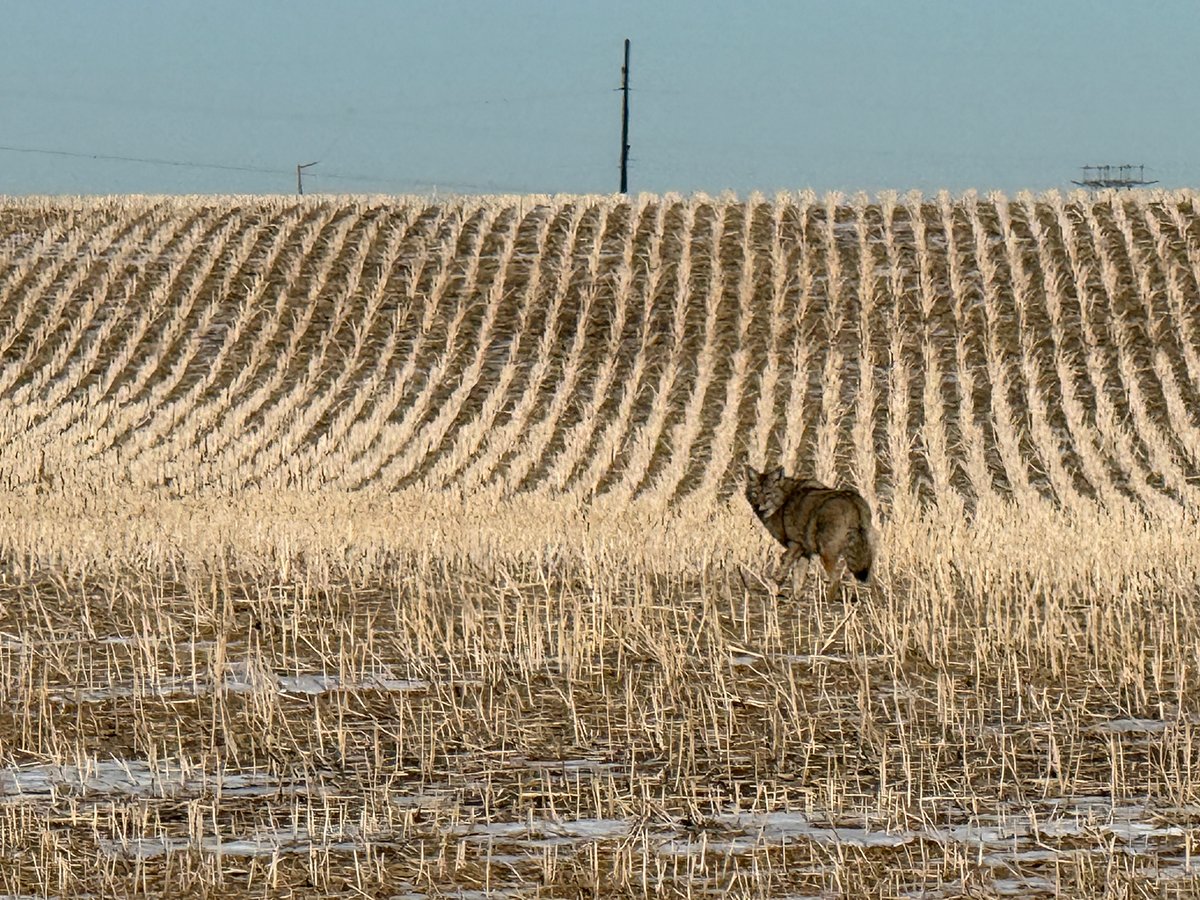Getting more for your cattle through the benefits of a value chain could be easier than you think, according to marketing expert Brian Kelly of Kelwin Management Consulting.
A producer could begin to tap added-value benefits by forming good business relationships with the local abattoir and a small meat retailer in town, for example. All three players doing what they do best, and exchanging information with the goal of providing a superior product, could translate into better profits all around.
“It’s the sharing of information that gives them the opportunity to create something of value to the consumer that is the key to success, and the key to beating competitors,” he said.
Read Also

October proved warmer than average
We are going to take a quick look back at how October shaped up across the Prairies — are we already seeing the forecasted winter weather pattern developing?
The biggest obstacles to tapping niche markets, like the demand for grass-finished beef, is fear and lack of information on the part of producers, Kelly said. But by proceeding in baby steps, like in the model above, a novice marketer can build confidence and learn how to create products for which consumers are willing to pay a premium.
Developing a story is the crucial first step to marketing success, he said. Simply trumpeting the health benefits of grass-fed beef is not enough, mainly because the scientific data is still incomplete on the benefits of consuming conjugated lineolic acids, omega 3 fatty acids and beta carotene. Also, making unfounded health claims in Canada could land producers in trouble with the authorities.
“People want to feel good about themselves. The story is what you have to put with food in order to make people feel good about it,” he said. “It’s the rationale behind trends such as natural, organic and local.”
By presenting a brand’s unique positive story, which in the case of grass-fed beef could be the farm’s husbandry practices, consumers can feel good about buying it and the seller can demand more than the going rate.
Premiums from 10-25 percent have been documented for grass-fed, natural beef sales, Kelly said. However, the meat produced must have superior taste and texture or the consumer’s willingness to pay more will evaporate.
“If it was easy, then everybody would be doing it already. Then there wouldn’t be the opportunity to get those premium prices.”
While Wal-Mart is the ultimate example of a highly efficient supply chain, Whole Foods Market, a retailer of organic and natural foods with 187 outlets in Britain and North America, is outpacing the retail giant’s growth by taking the opposite approach.
“Whole Foods charges premium prices for extremely high quality foods with a story. Foods that are natural, organic; foods that make people feel good.”
The biggest trend in food marketing in recent years, amid the pressure to create economies of scale and cut costs, is in transforming commodities to branded products, he said.
When boneless, skinless chicken breasts first appeared on the market, the company that introduced them was able to charge a premium. Now, competition has made the product just another commodity.
“With commodities, you can’t get any extra price from the consumer. The challenge now is how do you move it away from that so it is differentiated and you can charge a premium.”
Kelly told how a company that was involved in a value chain was able to identify that the difference in cutting value for animals of the same age, breed and production protocol could vary by as much as $390.
“If the producer got that information back on every animal, they could pick the animals that are worth the highest value. Clearly, there is significant potential for producers in being part of a value chain.”
Creating a value chain alliance and working together require respect and trust because all parties have to share confidential information.
Making the jump from farmers directly marketing beef to consumers, to putting product on the shelves of retail giants, comes with two challenges, Kelly said.
“Why are there hundreds and hundreds of producers doing direct marketing, and not that many going through the retail system yet? It relates to this word ‘story’ and it relates to the scientific and regulatory situation regarding health benefits,” Kelly said.
“If you go to get bigger and you want to go through the retail stores, you have to convey the message on the label or through promotional material that has the regulatory approval or you can’t say it. Most of the websites that producers have, which is thousands in Canada and the U.S., are illegal because they make health claims that can’t be proven. If you try to put it on the label, it’s an issue.”
Kelly said natural beef marketers have a challenge.
“It does require a very sophisticated marketing strategy. The challenge is how to sell the whole animal. Frequently it’s more of a challenge to move the lowest priced cuts, because people will more readily pay more for the premium cuts.”
Farmers have one advantage over the industry giants, he said.
“Farmers are widely trusted and held in high regard by consumers. When you go to form a value chain and tell a story on a product, the farmer always needs to be a key part of that story.”
Marketers are already capitalizing on this strength by promoting products from family farms. In some cases, a DVD screen next to the product runs a clip about the farm where the product was grown or raised.














